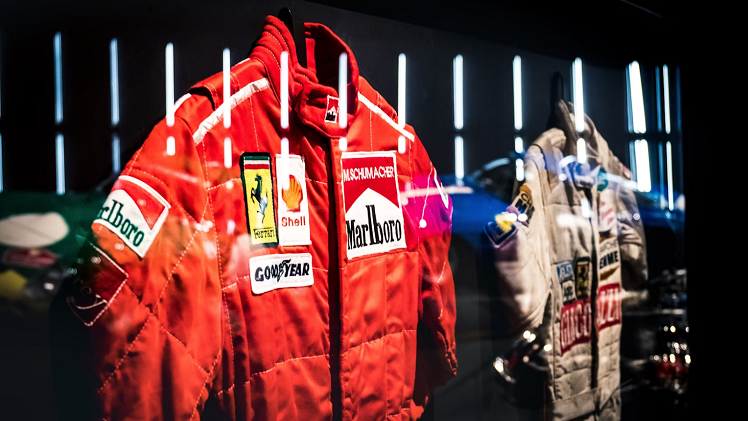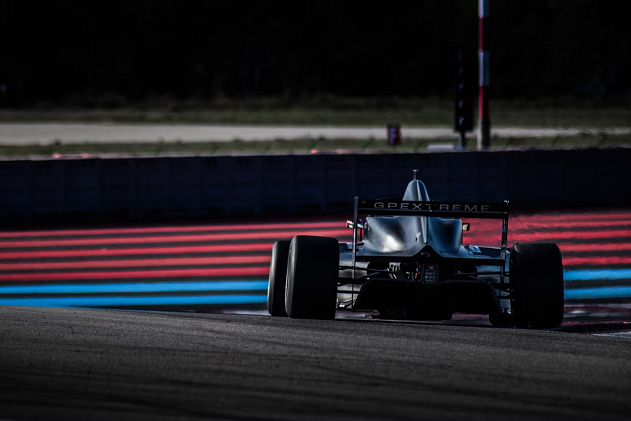Betting in Formula 1 is only possible when you know how the race actually takes place. All the outcomes are subject to car setup, weather, tire handling, and time. Those who make their fortunes are not just guessing; they are reading trends that are within the data. You can make an observation or a prediction by monitoring performance within the practice sessions and understanding when teams are introducing upgrades. Let us dissect the process of doing that effectively.
Betting Basics
F1 betting is more than picking the winner. Each market is sensitive to real conditions, fastest lap, top-6 finish, or qualifying position. Many online betting sites now highlight these markets separately, allowing users to compare odds and spot undervalued options faster. Being aware of the bets that are the least influenced by luck helps avoid volatility. An example is in unpredictable circuits, such as the Monaco circuit; a bet on the fastest pit stop can be projected more easily than a bet on the race winner.
Another thing that is worth keeping an eye on is the behavior of the teams during free practice. Other ones conceal their actual pace until they qualify, and some are testing heavy-fueled setups. Long-run pace rather than single-lap pace indicates which teams have a better grip on tires. This observation usually forecasts the late race result prior to the odds changing.
The Importance of Data and Analysis
F1 is replete with quantifiable signs that are future projections. You do not require complicated software; all you need is to pay special attention to the important metrics.
The most open information comprises:
- Lap time trends: Does the driver gain lap time, or does he go off as the tires wear out?
- Sector dominance: Which teams are good at slow corners or high-speed straights?
- Weather effect: There are cars that heat tires faster and those that lose grip during humidity.
- Pit strategy frequency: The frequency of teams making quick stops or committing expensive mistakes.
The compilation of these numbers puts the numbers into context – not only who is fast, but why they are.
Innovative Strategies in Action
After knowing what influences performance, the next thing is to apply what you have learned in real-time. Formula 1 is modified every second – accidents, safety cars, and undercuts can turn around the race. Platforms like Melbet Myanmar make this process smoother by updating live odds instantly, helping bettors react before markets adjust. Betters who remain vigilant in the qualifying and initial laps usually get opportunities before the bookies revise odds.
Timing and Live Betting
Live betting is only effective when you do it on time, not on a feeling. After the pit stops or tire changes, odds change, and the majority of players respond late. When you are watching live timing information, you can observe when a car becomes three-tenths per lap faster than the chances shift.
Avoid betting in chaos—such as safety car restarts—in cases where information is not fully known. Rather, wait until stable, then compare pace gaps. The most ideal opportunities are the ones that are in advance of the market catching up, and not after the broadcasts mention it.
Predictive Models and Tech Tools
F1 betting can be an intelligent endeavor using software. The historical lap data sites or predictive simulation sites will assist you in identifying patterns across circuits. The models have tested thousands of outcomes and indicated the areas where the odds are not a true probability.
Nevertheless, technology will only work when you read between the lines. To give an example, when simulations reveal that a tire of a driver is 20 per cent less degraded than the average, you can expect a high late race pace. The trick is to mix machine analysis with one’s own judgment rather than go completely with automation.
Emotional Discipline and Risk Management
The vast majority of bettors lose not due to poor predictions, but lack of control. They pursue losses, doubling bets, or telling no. Establish a fixed size of stake per bet, about 13 percent of your total bankroll, and never bet more.

Transfer the track into a spreadsheet and check it weekly. Trends in your personal betting would tend to give clues to your shortcomings, such as over-pricing favorites or ignoring weather variations. Take betting as a data analysis and not entertainment, and your returns will come.
Wrapping Up
The Formula 1 betting pays more attention to preparation than passion. The people who win in the long run are the ones who learn race data, know timing, and risk management. By putting betting in its skill-based approach rather than a gamble, you get to control the outcome. Study, evolve, and make your decisions based on the numbers, rather than your emotions.

